
Do you have a question about the Siemens SITRANS L Pointek ULS200 and is the answer not in the manual?
| Category | Switch |
|---|---|
| Application | Level measurement |
| Technology | Ultrasonic |
| Protection Rating | IP66/IP67 |
| Process Pressure | Up to 3 bar |
| Output | Relay |
| Approvals | ATEX, IECEx |
| Process Temperature | -40 to 80 °C |
Outlines the essential features and functions of the device.
Notes the product's intended use in industrial areas and potential interference.
Describes the ultrasonic level switch, its sensor, technology, and applications.
Provides recommendations for optimal device placement, including temperature and access.
Details the process for mounting the device, including thread types and hand-tightening.
Specifies instructions for equipment used in hazardous areas, referencing ATEX directives.
Guides through the initial power-up sequence and display indications.
Explains the device's display indicators and operational modes.
Provides a simplified method for setting up basic high/low applications and relays.
Details how to access and modify various operating parameters and settings.
Describes how to configure relay outputs for different alarm and control functions.
Explains how to set reference levels for relay actuation based on material position.
Details setting time delays for relay actuation after a level change.
Explains how deadband prevents relay chatter due to level fluctuations.
Describes ignoring the zone in front of the transducer to avoid false echoes.
Explains setting the distance at which measurements are ignored.
Allows setting response parameters like measurement rate and agitator discrimination.
Configures the device's behavior during loss of echo or operating faults.
Allows adjusting the waiting period before fail-safe action is taken.
Describes selecting units for measurement readings (metres or feet).
Introduces the device's use as a process level switch and relay function basis.
Demonstrates using the switch for high-level alarms and application notes.
Illustrates application for both high and low level alarms with notes.
Shows application for one or two low-level alarms and fail-safe defaults.
Details using the device for dual pump control based on material levels.
Explains using the device for pump control and a single level alarm.
Shows the connection interface for the AC version of the device.
Details the DC contact voltage and current limits for the relay output.
Provides wiring diagrams for relay output and optional transistor output.
States that the device requires no specific maintenance or cleaning.
Outlines procedures for repair, component sourcing, and user responsibilities.
Details power, fuse, and output specs for AC and DC versions.
Covers operating conditions, pressure, range, and memory specifications.
Details programming, temperature compensation, display, and physical construction.
Lists agency approvals and certifications for the device.
Provides dimensional information for the standard mounting configuration.
Illustrates the dimensions for the sanitary mounting ferrule.
Offers notes on nominal dimensions, grounding, and hazardous location models.
Guides users on how to find device certificates online or on DVD.
Provides contact information and resources for technical assistance and support.


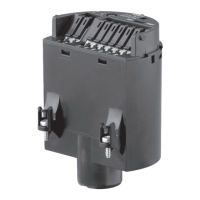

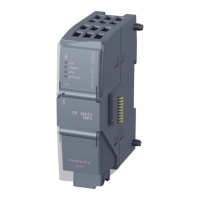
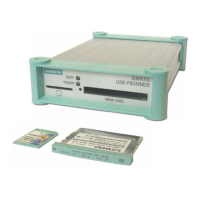
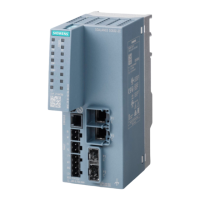
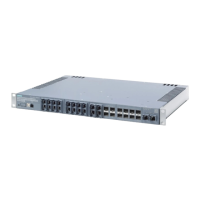




